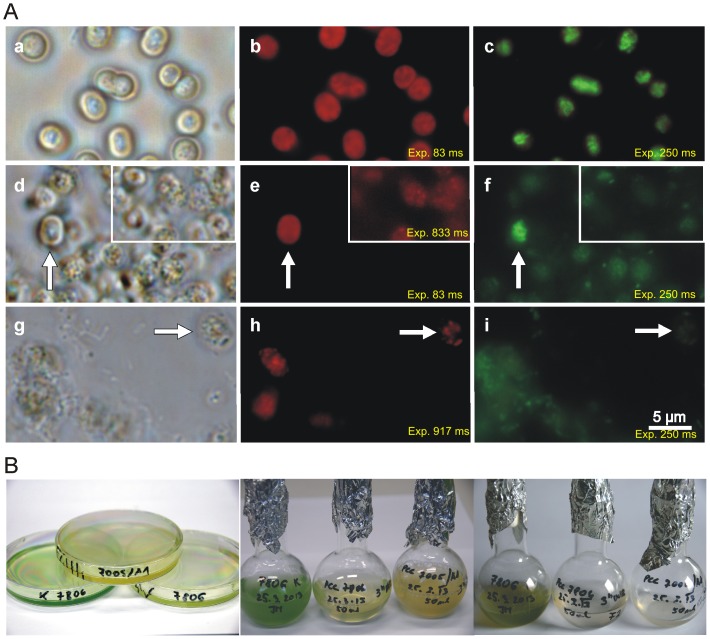Figure 4. Detection of injuries induced in cyanobacteria after exposure to UVB radiation for six hours at an intensity of 0.51/m2.
Panel A. Percentage of TUNEL-positive M. aeruginosa cells after UVB radiation compared with control groups. (*p<0.05, **p<0.01, ***p<0.001). Panel B. Photobleaching as a result of exposure to UVB radiation. Only MC non-producing PCC7005 Dark-acclimated cells show an increase in the percentage of cells showing no autofluorescence after UVB exposure, while a subpopulation (20%) of PAR-acclimated cells (PCC7806) almost immediately loses the signal. PAR-acclimated cells with no autofluorescence are more numerous in both MC producing strains, with an increased proportion 24 hours after exposure. Immediately after irradiation, only MC non-producing PCC7005 strain cells exhibit photobleaching (*p<0.05, **p<0.01, ***p<0.001). Panel C. Increase in percentage of cytoskeleton positive M. aeruginosa cells after UVB exposure. The response of PAR-acclimated MC-non-producing strain PCC7005 to UVB irradiation is immediate, while both MC-producing strains FACHB905 and PCC7806 reach the maximum of cytoskeleton labeling in 24 hours subsequent to irradiation. Only a small percentage of Dark-acclimated cells show positive immunolabeling (*p<0.05, **p<0.01, ***p<0.001). Panel D. Sedimentation of M. aeruginosa cells is enhanced by UVB radiation exposure. Dark-acclimated cells show faster sedimentation than PAR- acclimated. (*p<0.05, **p<0.01, ***p<0.001).

